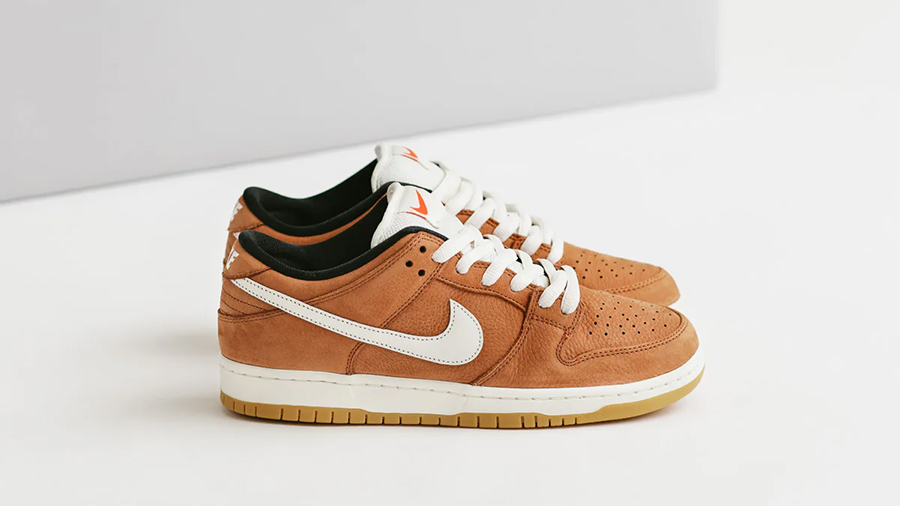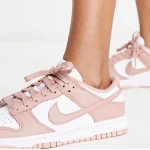Analysts at Citi reduced their rating on Nike, Inc. to “Neutral” from “Buy” after a meeting with new CEO Elliott Hill, leaving them less confident that sales would restart growth over the next year.
“After discussing the key building blocks and challenges to achieve a turnaround, we no longer believe F26 will inflect the way we hoped, either on the sales or EBIT margin line,” wrote Paul Lejuez, Citi’s lead analyst in the space.
Lejuez added, “We believe F26 consensus estimates are too high, making the turnaround timing much less visible, and we no longer have the patience or conviction to wait another year, especially with the stock trading at 39x our F26EPS and 28x our F26EBITDA.”
Nike’s fiscal 2026 year ends on May 31, 2026.
The analyst said topline pressure would likely continue as Nike’s management admitted that regaining shelf space at wholesale accounts poses some challenges. Lejuez noted, “Management acknowledged the competitive threat they face, especially in running, and said they have to earn shelf space back at partners, which made it sound like it wasn’t coming easy.”
Nike officials also reminded Citi’s analysts that they had previously indicated on the second-quarter analyst call that summer order bookings are expected to be down slightly.
Lejuez also noted that Nike indicated that it continues to work down inventories of its three key franchises — Air Jordans, Dunks and Air Force One — further in FY26, which it expects will continue to weigh on sales. Nike’s decline of 9 percent on a currency-neutral basis in the fiscal second quarter ended November 30 was blamed on “ongoing headwinds from our franchise management actions.”
Lejuez said Nike management indicated that Air Jordan and Air Force One will “still be large franchises” even after inventories are managed lower, but Dunks will “not be a relevant part” of the mix over time. The analyst wrote, ‘With cont’d pressure from franchise mgmt in F26, it will put more pressure on new products to fill the void, but mgmt reminded us that will take time. It sounds like another down sales year in F26.”
Among margin concerns, Lejuez said Nike’s leadership team indicated that inventory levels remain elevated in the marketplace. He wrote, “There will be margin headwinds short-term (which sounded like beyond F25), as they need to take product back so that retail partners’ open-to-buy can be used for new NKE product. Mgmt said they need to move to a “pull model,” and they can’t do that unless inventory in the channel is healthy.”
Lejuez also said Nike “needs to invest in their wholesale relationships,“ including terms and conditions, to represent another margin headwind in fiscal 26. Other margin pressures are expected to come from new products initially coming in at a lower margin.
Finally, Lejuez noted that with Nike’s e-commerce channel reducing promotions, slower sales of the traditionally higher-margin DTC segment and faster growth within the wholesale channel will pressure margins.
Lejuez wrote, “Combine all this with mgmt increasing demand creation, we believe F26 is shaping up to be a down margin year.”
Citi expects Nike’s F26 EBIT margin to decline 30 basis points.
On the positive side, Lejuez said Nike “feels good“ about product innovation and marketing. He noted that Nike has been able to accelerate the product innovation pipeline, including bringing the Pegasus Premium forward by a year. Shoe product is “really taking off“ in Europe and management was “optimistic“ about the Vomero classic running style, priced at $150.
However, Lejuez cited a few other concerns threatening Nike’s recovery, including the potential escalation of a tariff war between the U.S. and China, leading to Chinese consumers purchasing fewer U.S. brands than they have in the past. Nike’s use of its factory stores to clear inventories may condition customers to head to outlets for deals “and may pull forward sales, which could hurt demand of new full-price launches.”
Lejuez further said smaller brands, citing Hoka, On and Birkenstock, “all have significant momentum and are looking to expand into products that will compete with NKE in some way; NKE may have a hard time disrupting the momentum, making it difficult to gain back shelf space with wholesale partners.“
Citi also reduced its price target on Nike to $72 from $102.
On Friday, February 7, in mid-day trading, shares of Nike were trading at $70.08, down $1.66, or 2.3 percent. The stock is trading near its 52-week low of $69.33, with its 52-week high at $107.43.
On Thursday, February 6, Nike hosted a meet-and-greet for sell-side analysts with Hill, appointed CEO last September, and CFO Matt Friend in New York City to shore up support for the stock and Nike’s recovery plan.
Cristina Fernández, at Telsey Advisory, was also attending the meeting. Following the chat, she kept her rating at “Market Perform“ at a price target of $80.
In a note, Fernández wrote, “Overall, we believe management understands the challenges and steps to be taken to return Nike to growth, but there is still work to be done to clean inventories and bring energy to other products. Once inventory is realigned and new products start gaining traction, the company will have more clarity as to the financial model going forward. Through this transition period, Nike profitability will be under pressure from both product mix and channel mix.”
Image courtesy Nike
















